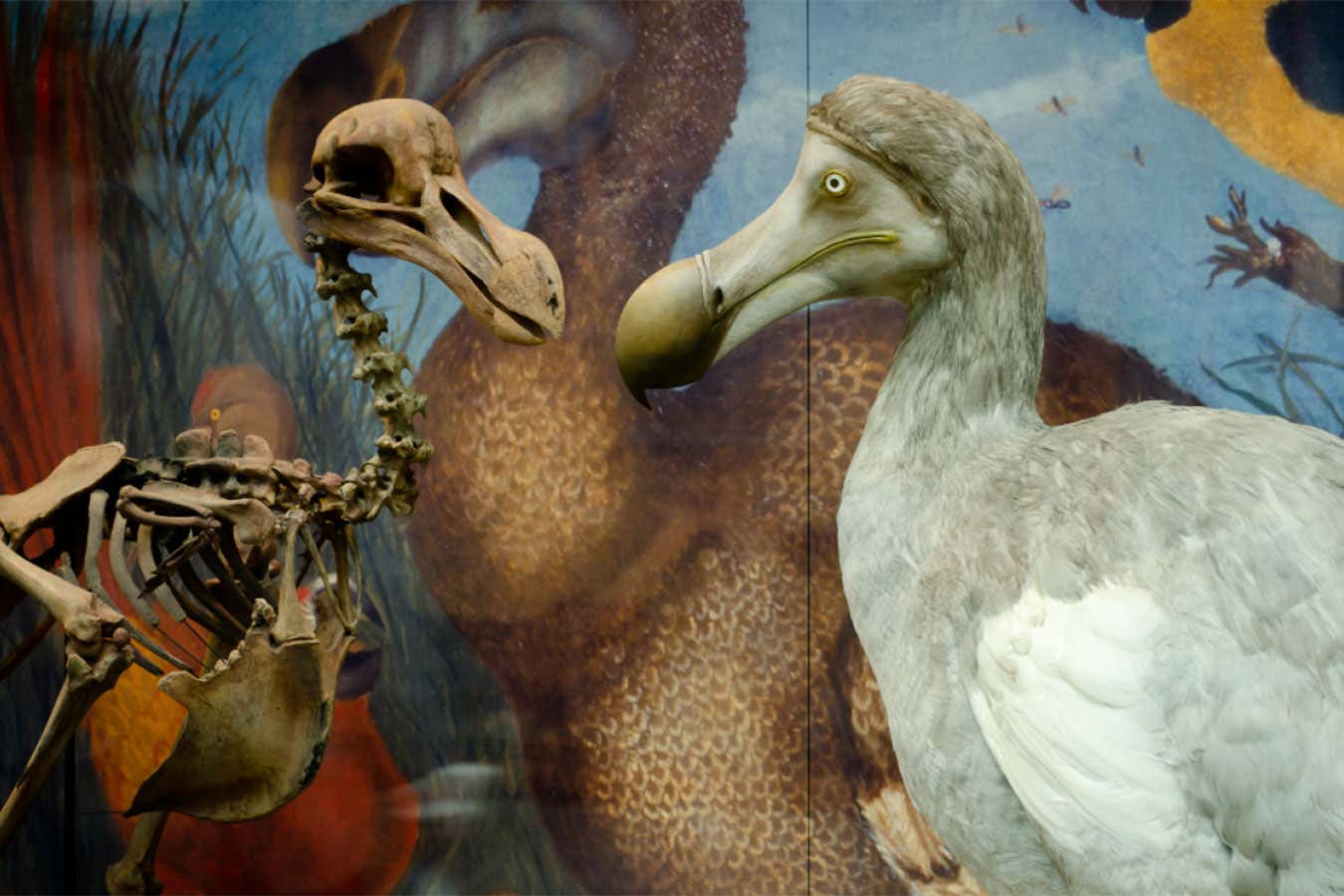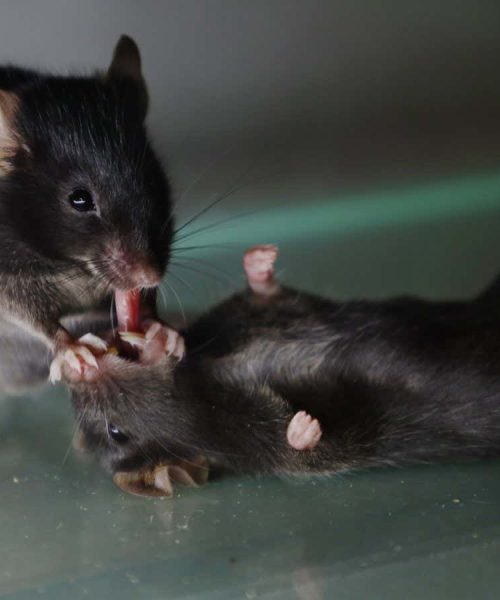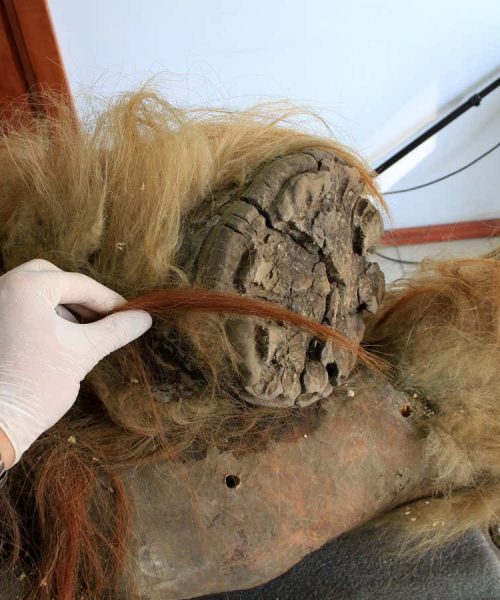
The extraction of genetic material from archaeological remains, known as ancient DNA, is helping scientists gain insights into our distant past. With advances in sequencing technology, these developments offer the potential to not only deepen our understanding of history, but also bring elements of it into the present, with the exciting prospect of de-extinction.
Evolutionary molecular biologist Beth Shapiro is a leading expert in ancient DNA, having been first to recreate DNA data from a dodo.
She specialises in the genetics of animals and plants that lived during the last glacial maximum, a cold climatic period around 20,000 years ago, and serves as the chief science officer for Colossal Biosciences, a company that aims to bring back extinct species, such as the woolly mammoth, using genetic engineering and cloning techniques.
“The goal of an ancient DNA scientist is to use the past as an evolutionary experiment,” says Shapiro. She began her career in ancient DNA at the University of Oxford, working alongside fellow researcher Eske Willerslev, who is best known for retrieving 2-million-year-old DNA from ancient sediments, the oldest DNA ever recovered.
Advertisement
Studying ancient DNA from fossil remains and environmental samples gives scientists the power to reconstruct the evolutionary history of our planet and understand the impact of human activities. Through her work, Shapiro aims to learn from the past to help protect ecosystems and conserve endangered species today.
Read more: Documentary explores a geneticist’s motivation to understand the past
Topics:





